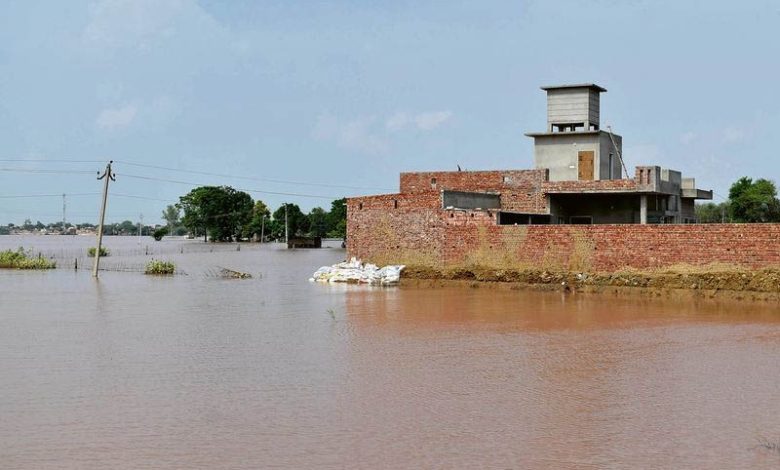Punjab: Water bodies will be built along the Ghaggar river to prevent floods

Punjab: Under an ambitious plan to conserve water of the rain-fed Ghaggar river, the Punjab Water Resources Department is constructing at least nine large reservoirs along the river. According to officials aware of the development, initially a 20-acre site at Chando village in Sangrur has been earmarked for a 40-foot-deep reservoir. Other sites are being identified in coordination with revenue officials. Every year the Ghaggar river wreaks havoc on thousands of acres of agricultural land and damages properties in hundreds of villages in Mohali, Patiala, Mansa and Sangrur districts due to breaches in its embankments and overflow of water at various places. A senior government official of the Water Resources Department said, “We have written to the DC to identify sites for water bodies.
These will not only store water for irrigation but also help panchayats earn revenue by selling silt etc. These can also be used for tourism purposes.” These water bodies will be connected to irrigation canals so that the water can be used for irrigation. Structures that will recharge the water level will also be built there. The overflowing Ghaggar river has caused floods in 1993, 2004, 2014, 2019 and 2023, damaging crops and infrastructure. Though the river has a capacity to carry 1.5 lakh cusecs of water, its volume reaches 3 lakh cusecs during floods. With a total length of 370 km – 170 km falls in Mohali and Patiala districts – the Ghaggar originates in the foothills of the Shivalik. As it flows through the state, its section reduces, causing it to overflow and breach embankments at various places. Its major tributaries are the Sukhna Choi, Jhirmil Nadi, Pachidra Nala, Patiala Nadi, Tangri and Markanda rivers.





